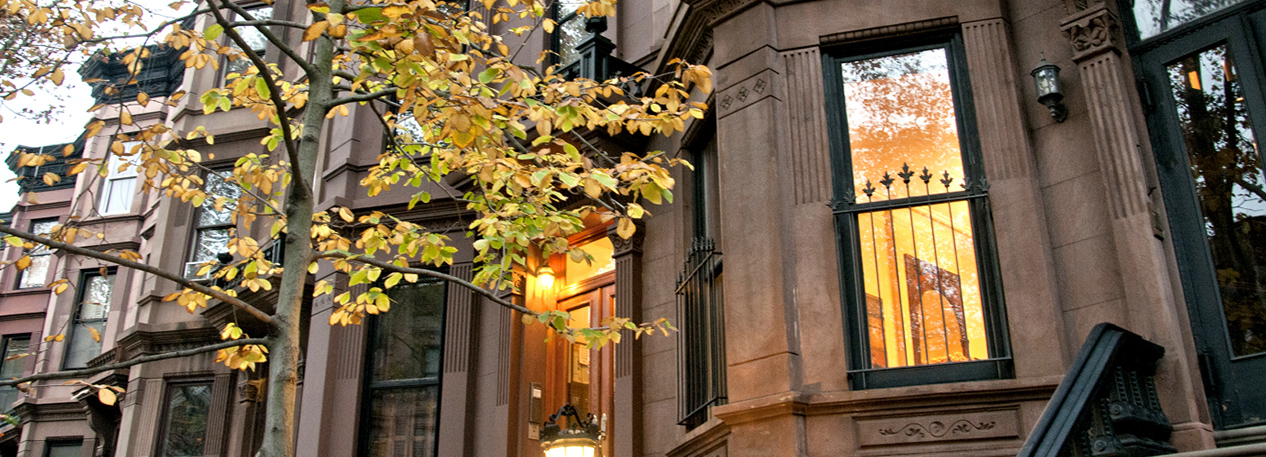The streets of Philadelphia roll west through a collage of urban environments familiar to city dwellers nearly everywhere. From Penn Square, the central site of the iconic stone City Hall, Market Street traverses a canyon of concrete and glass office buildings that gradually give way to commercial and apartment structures and mixed uses. A mile from City Hall, the busy thoroughfare crosses the Schuylkill River, and density again picks up as the University of Pennsylvania anchors a second employment hub.
On tree-lined Baltimore Avenue a few blocks south of the bustling campus, streetcars pass tightly packed Victorian rowhouses and midrise apartment buildings. Small stores, restaurants, and scattered office structures dot the sidewalks. Farther west on the avenue, the relatively high-rent university area transitions into a lower-income neighborhood. Shorter buildings predominate, and some of the neighborhoods contain light industrial businesses.
Eventually, the avenue leaves Philadelphia and passes through suburbs marked by detached houses on generally small lots. Some of these communities have commercial main streets, but strip-style development with ample parking is more common. Farther west, houses and yards are larger, fewer streets have sidewalks, and neighborhoods are almost exclusively residential. Beyond the city, houses and businesses become sparser as farms and open space appear.
This article appeared in the First Quarter 2017 edition of Economic Insights. Download and read the full issue.
View the Full Article
